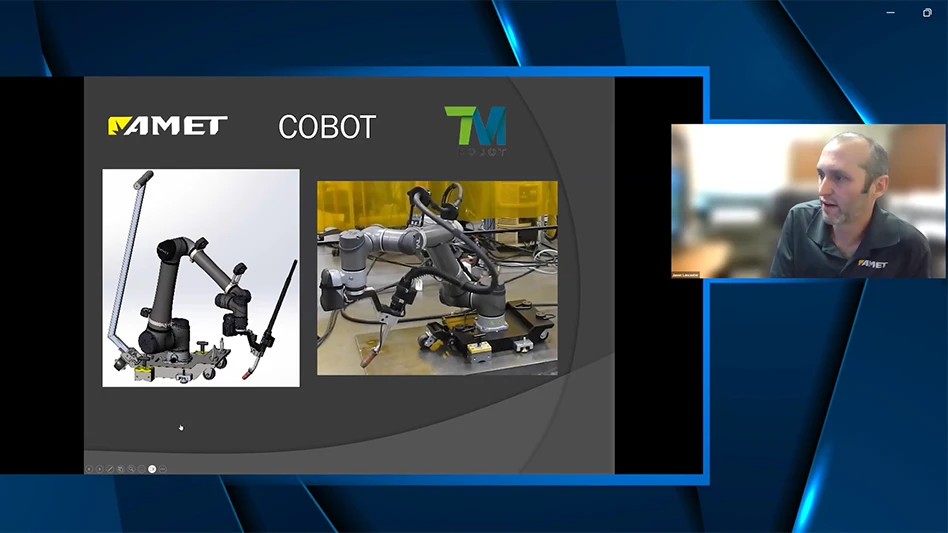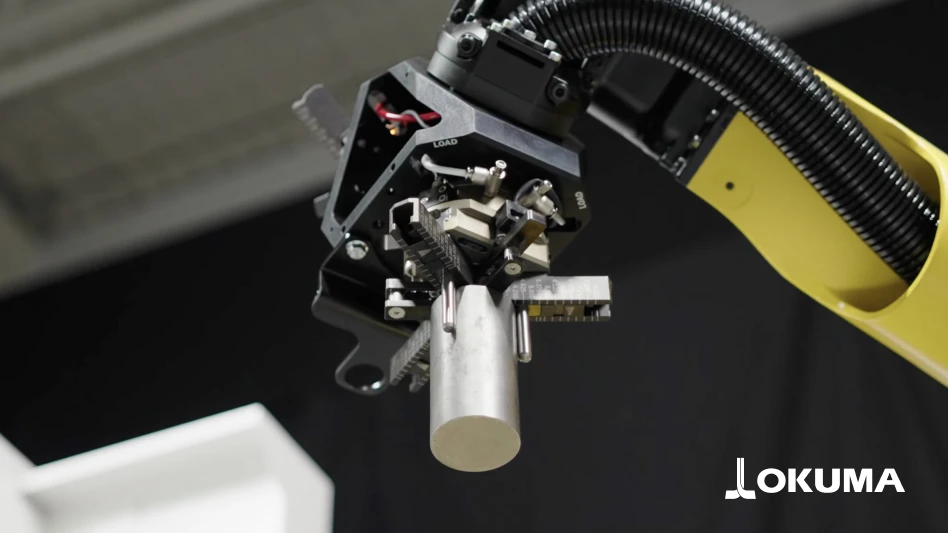xMED412 is ideal for orthotics guides and braces, respirators, personalized audio products, and diving and athletic mouth gear.
Nexa3D, maker of ultrafast stereolithography production 3D printers, and Henkel, a leading supplier of high impact functional additive materials, have announced the commercial availability of xMED412, a polypropylene-like material ideal for manufacturing a variety of biocompatible, medical, and wearable devices. Manufactured by Henkel, xMED412 is entirely based on its Loctite MED412 material and is covered by all its associated clearances, tests, and certifications.
“We developed and tested a multitude of approved workflows designed to unleash the full potential of xMED412’s outstanding physical properties and biocompatibility,” says Ken Kisner, Henkel’s head of innovation for 3D printing. “Nexa3D and Henkel have provided a digital manufacturing solution for a growing number of medical devices, athletic wearables, and personalized audio products.”
“This is our second joint material introduction in as many months with Henkel to develop a portfolio of co-branded performance photopolymers through our expanding global channels,” says Izhar Medalsy, Nexa3D’s Chief Operating Officer. “We are continuing to jointly address specific high throughput industrial production opportunities leveraging our leading print speed, large build volume, and intelligent resin management technology to convert Henkel performance resins into functional parts made on the NXE400 3D printer.”
xMED412 was developed by Loctite to deliver highly consistent part performance with extraordinary functionality. The medical-grade material is a very strong and durable photopolymer with mechanical attributes similar to polypropylene with great elongation, impact strength, and compression strength. xMED412 parts printed on Nexa3D’s NXE400 require post processing and cleaning in accordance with the company’s recommendations and can be machined, tapped, or polished to deliver desired production finishes.
“We are very pleased to see the marketplace’s overwhelmingly positive response to xMED412 parts manufactured on the NXE400 3D printer,” says Michele Marchesan, Nexa3D’s Chief Growth Officer. “In the U.S., we quickly qualified and scaled up single printer production capacity to 5,400 swabs a day at our Nexa3D flexible factory in support of the ongoing demand for nasal swabs. Elsewhere, customers are printing ventilators and other medical device parts, including venturis and connectors at productivity and scale, which are fast achieving the new standard for flexible series production.”
xMED412 has inherent insulating properties and is designed to withstand impact, moisture, and vibration. These features and attributes are ideal for devices that might need to be sterilized or disinfected.
To advance the miniaturization of biocompatible, medical, and wearable devices, design engineers are incorporating new materials into device designs for added product lifecycle flexibility. For companies that manufacture single-use medical devices, or reusable devices, many critical components need to bend and flex for use on or near a patient’s body. Such components and substrates must be pliable, elastic, and often kink-resistant, all which xMED412 as 3D printed on the NXE400 offers.
Latest from Today's Medical Developments
- Teleflex sells acute care and urology businesses for $2.03 billion
- HANNOVER MESSE: Where research and manufacturing meet
- What’s next for the design and manufacturing industry in 2026?
- Arcline to sell Medical Manufacturing Technologies to Perimeter Solutions
- Decline in German machine tool orders bottoming out
- Analysis, trends, and forecasts for the future of additive manufacturing
- BlueForge Alliance Webinar Series Part III: Integrate Nationally, Catalyze Locally
- Robot orders accelerate in Q3








